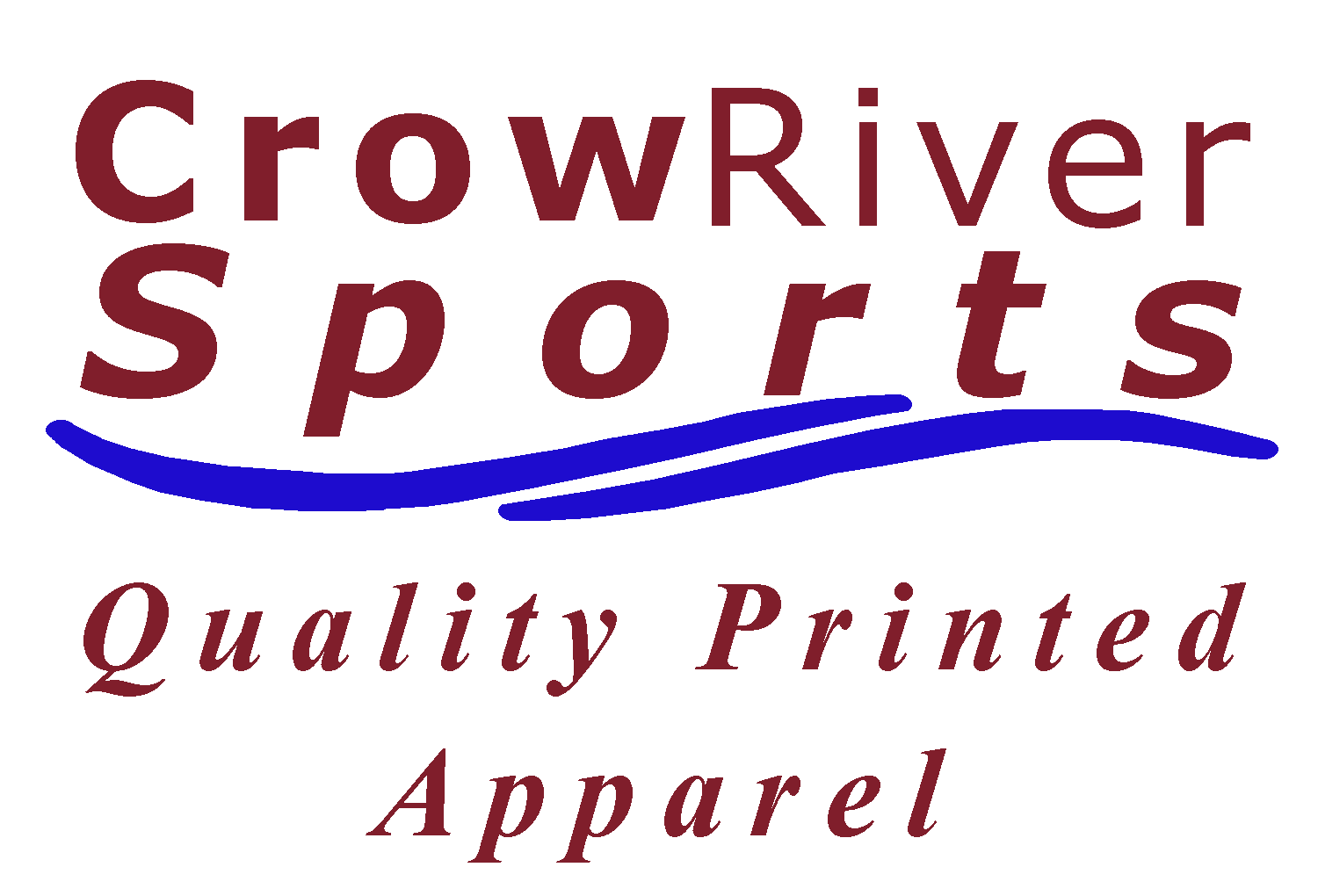|
The Leap Drag
A more advanced delivery method is the leap drag method. I believe that this method should only be attempted after the pitcher has at least a year of experience. Then, if the pitcher wants to try it, it should be an off season goal for them to perfect this style.
The power line is an imaginary line that runs from the toe of your pivot foot to the middle (for now) of home plate. The pivot foot for a right handed thrower is the fight foot, the left foot for a left handed thrower. The pitching plate is the rectangular rubber starting point for the pitcher. The pitching circle is the 8 foot radius circle around the pitching plate. Here is a quick overview of the leap drag style of pitching. Her own personal style could be a circular motion in front of her, an upward extension of both hands followed with both hands coming down with the glove slapping against her thigh and her pitching hand reaching back toward 2nd base.
From The Leap Drag Return to Pitching Mechanics
|
You Are Important
The coach is the person who communicates with parents, players, umpires, other coaches and your local associations. You facilitate the team by making sure all the equipment is there when it is needed. Most important are the players. You are teaching more than the skills and strategies of fastpitch. The ability to gracefully deal with success and failure, the persistence to keep trying and the confidence that these young ladies learn from you is priceless.
You’re Part Of Coaching-Fastpitch.com
Contribute your articles, drills and comments by filling out the form on the “Coaches Input” page located on the left hand menu. Your input will keep Coaching-Fastpitch.com fresh and you will receive the by-line for anything that you submit that gets published.
Founded in 2000, Crow River Sports offers you the resources and service that you need to market your company, promote your organization or outfit your sports team without breaking the bank. Crow River Sports prints graphics on a wide array of apparel and accessories including t-shirts, polos, duffle bags and more. We're happy to work with any organization or individual, no matter how small or large the order. Visit them by clicking on the Crow River Sports logo above.
Crow River Sports offers a complete design studio on their website. Design your uniforms or other apparel using hundreds of stock designs or upload your own custom design and Crow River Sports will provide you a quote on your project. Try it today at
CrowRiverSports.com


